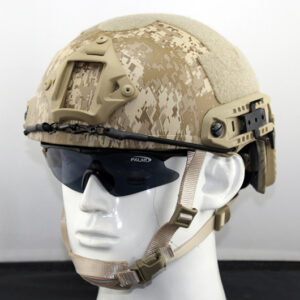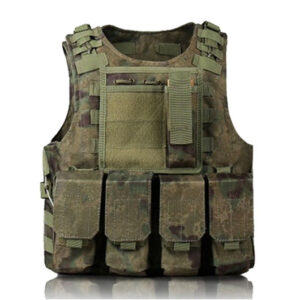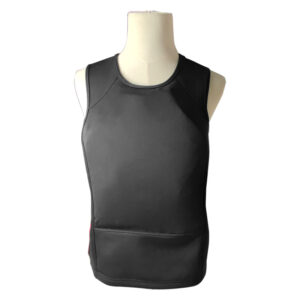Plate armor, also known as plate mail or plate armour, has long stood as a symbol of medieval warfare and chivalry. This remarkable form of protective gear has fascinated historians and enthusiasts alike, owing to its effectiveness and craftsmanship. In this article, we delve into the history, design, and significance of plate armor, exploring its evolution from humble beginnings to its iconic status in the annals of military history.

Plate Armor traces its origins to the early Middle Ages, where it emerged as a natural progression from chainmail and leather armor. Initially, small metal plates were added to strengthen vulnerable areas. Over time, advancements in metallurgy and blacksmithing techniques allowed for larger and more intricate plates to be used, providing superior protection to knights and warriors.

The image of a fully armored knight astride a powerful steed has become synonymous with chivalry and medieval warfare. Body Armor Plates not only offered excellent defense against a range of weapons but also projected an aura of invincibility and honor. The elaborate designs and heraldic motifs on armor served as personal identifiers and symbols of prestige.

Crafting plate armor was a meticulous and time-consuming process. Highly skilled armorers carefully shaped and forged each individual plate to fit the contours of the wearer’s body. The final ensemble required precise articulation to ensure flexibility and mobility in battle, making it a work of art as well as a functional protective gear.
As warfare evolved, so did plate armor. The design of armor adapted to counter emerging threats, such as crossbow bolts and firearms. However, its effectiveness eventually waned as firearms became more powerful and penetrated the once-impregnable defenses.
Despite its eventual decline on the battlefield, Level 4 Armor Plates left an indelible mark on military history and popular culture. It remains an iconic symbol of medieval knights and the code of chivalry. Its influence can be seen in contemporary depictions of fantasy and medieval-themed entertainment.
While plate armor is no longer used in active combat, there has been a revival of interest in historical reenactments and medieval festivals. Skilled artisans and enthusiasts continue to craft historically accurate reproductions, showcasing the intricate artistry and craftsmanship of this bygone era.
Plate armor stands as a testament to the ingenuity and skill of medieval armorers and the valor of knights who donned these formidable suits. Its evolution from simple metal plates to exquisite full-body suits reflects the ever-changing nature of warfare. Though no longer practical in modern combat, plate armor remains an enduring symbol of medieval history, bravery, and the eternal appeal of knights in shining armor.



